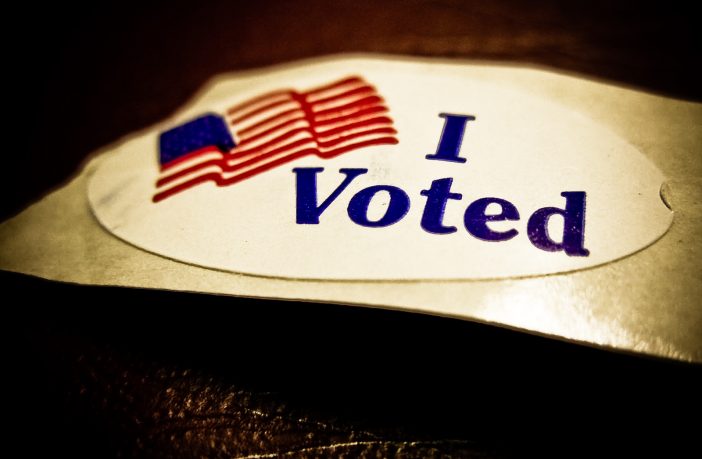In 2016, Donald Trump reversed a trend of eroding support for Republicans among Hispanic voters. Trump lost the support among other key demographic in 2020, but actually improved his standing Hispanic voters. It was not enough to secure him a second term, but it was enough to help down-ballot Republicans score significant victories in many parts of the country. Republicans significantly narrowed the Democrats’ majority in the House of Representative, while flipping seats in California, Texas and Florida that include substantial Hispanic populations.
The key to this reversal of fortune for Republicans was that during his four years in the White House, Trump abjured conventional political wisdom and did not pander to the demands of self-anointed spokespeople for Hispanic-Americans (Americans being the key word) – most notably on immigration. The assessment of Trump’s success among Hispanic voters (not “Latino or, heaven forbid, Latinx”) comes not from his cheering section, but from The New Yorker, an elitist publication that generally reviles him.
After losing the White House in 2008 and 2012, running candidates who attempted to pander to Hispanic voters with promises of amnesty for illegal aliens and more immigration, the Republican National Committee produced a self-described autopsy of their party in which they concluded that their problem was that they had not pandered hard enough, especially on immigration. The document recommended that to succeed among the growing Hispanic electorate, “among the steps Republicans [should]take in the Hispanic community and beyond we must embrace and champion comprehensive immigration reform.”
“Comprehensive immigration reform” is a euphemism for amnesty and vastly expanded immigration, and that is exactly what establishment Republicans embarked upon in 2013 when they joined with eager Democrats in producing the so-called Gang of Eight legislation. The bill passed the Senate with significant Republican backing, but ultimately died in the House when then-Speaker John Boehner recognized that bringing it up for a vote would lead to an insurrection within his ranks.
In a crowded field of would-be panderers in the 2016 GOP presidential contenders, Trump took a different approach. He appealed to Hispanic (and other) voters by promising “economic and religious freedom, and because they believe in America’s promise of equal opportunity and inclusion,” noted Alfonso Aguilar, who directed U.S. Citizenship and Immigration Services under George W. Bush. Trump’s increased support among Hispanics in 2020 was because he delivered, Aguilar surmises. “You’re including me because you’re seeing me as an American—you’re not seeing me as a Hispanic that’s separate. Democrats just don’t understand this, because they follow the modern theories of all multiculturalism. Well, to me, that’s not true inclusion—that’s separating people. That’s marginalizing people. I think President Trump made them feel like part of America.”
Early in the Biden administration, Republicans will hear the same siren song that if they ever hope to see the inside of the White House again without a visitor’s pass, they had better join with Democrats in enacting a mass amnesty, massive increases in immigration, and throwing open the borders. Instead, they and the country would be better served by actually listening to Hispanic voters who, first and foremost, see themselves as Americans.




